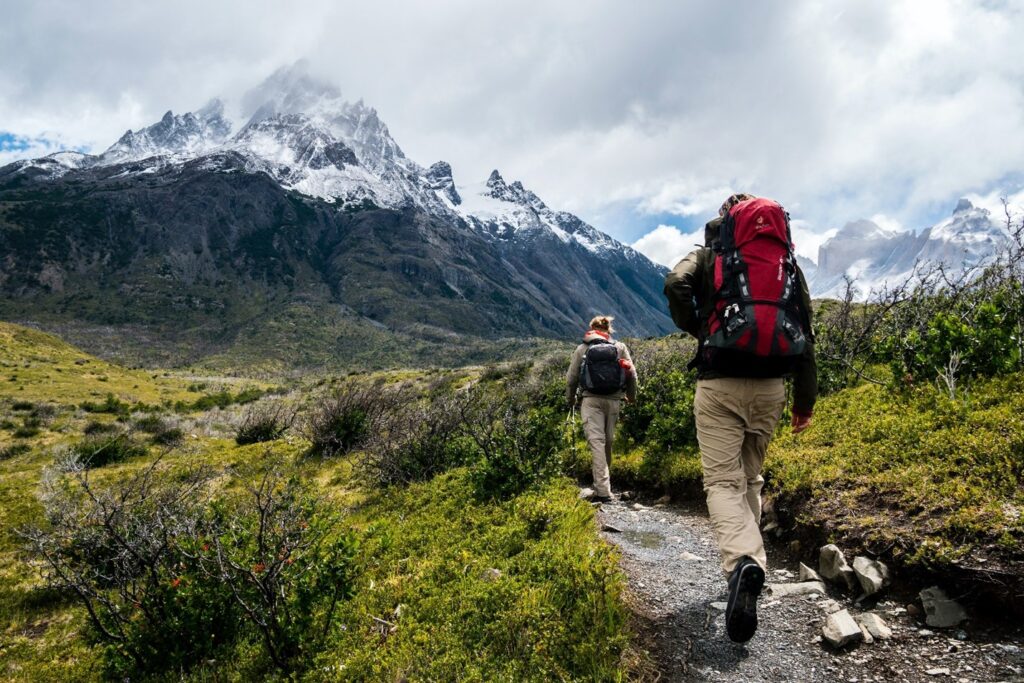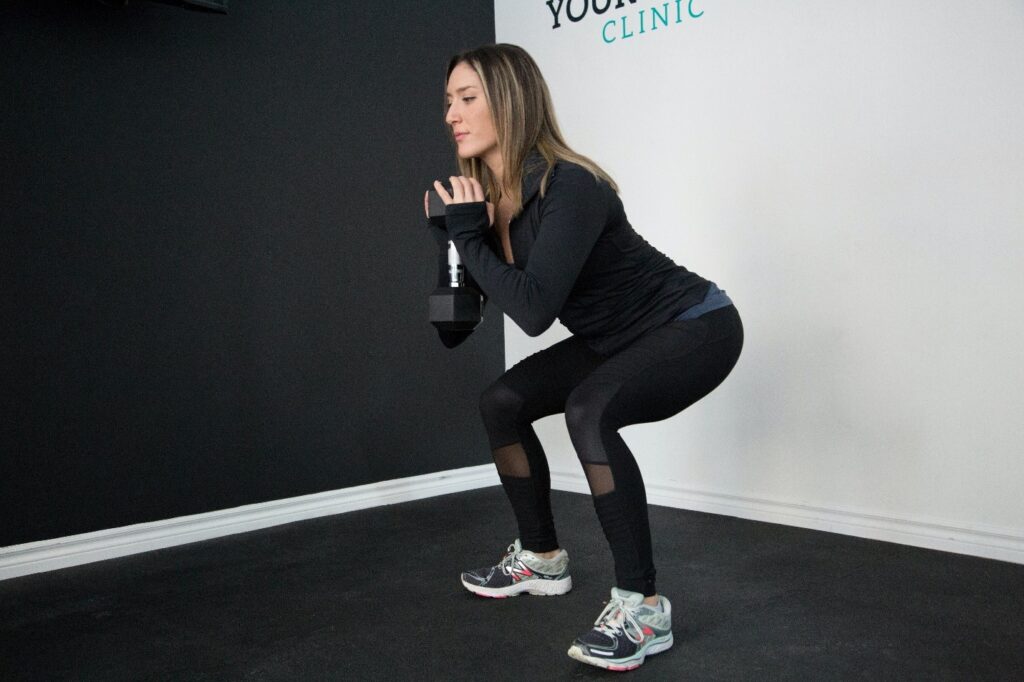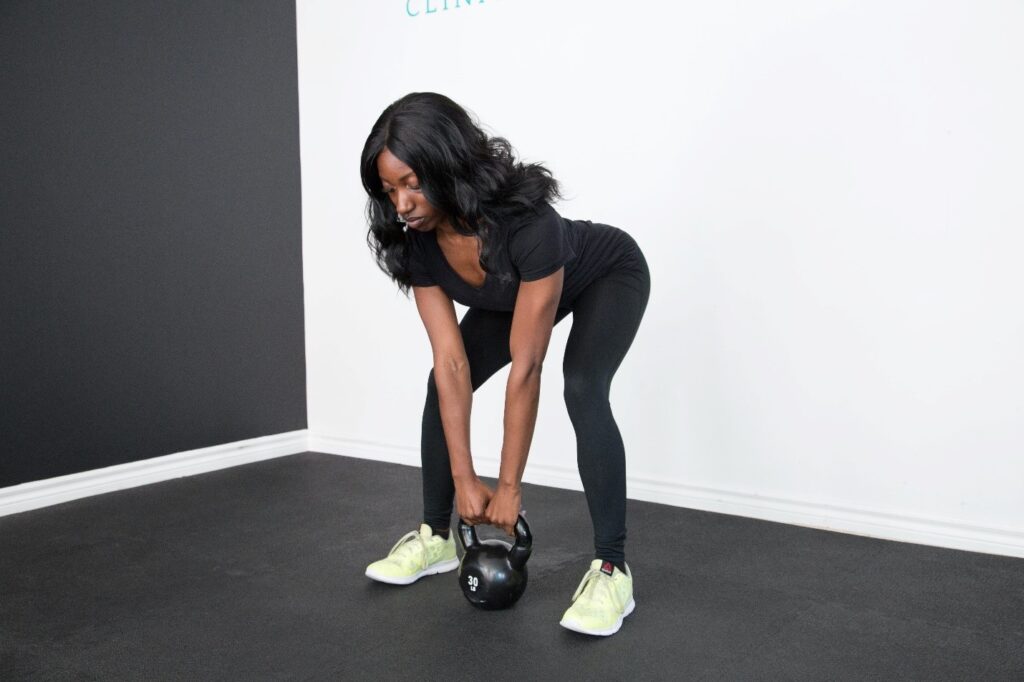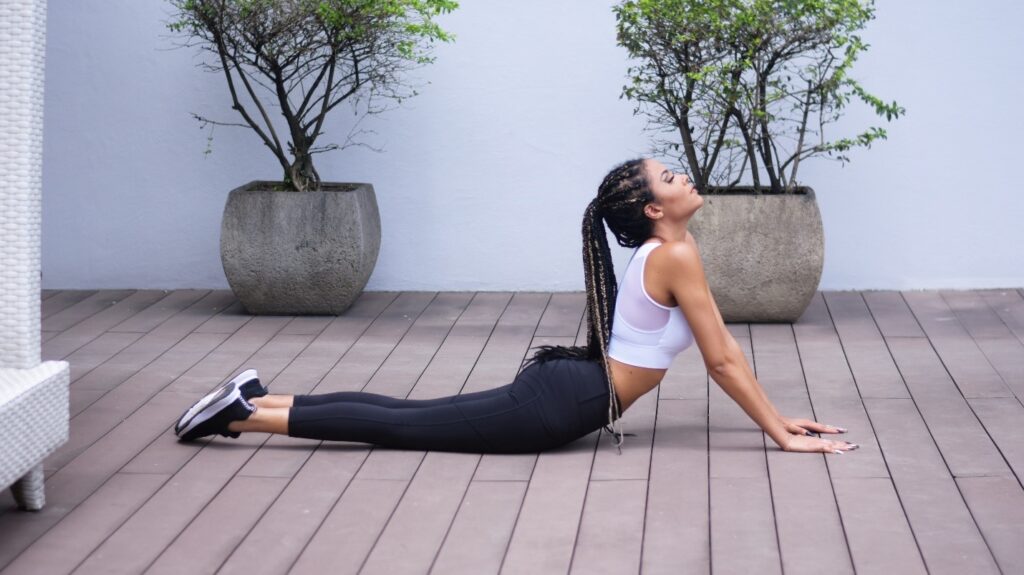written by Sophia Perry
Hiking is not just a not-so-leisurely stroll through the woods. It involves scenic routes, stunning views, and an escape from the hectic buzz of the city. However, to enjoy all these perks, you have to be in shape. You have to agree that you can’t fully appreciate the beauty around you if you struggle to catch your breath and feel worried about the journey back. Many believe that training for hiking only involves, well, going on hikes. However, that’s not all it takes. While you definitely should do that, you should introduce some exercises into your routine that can help tremendously. Therefore, to help you get in shape and relish everything that nature can give you, we have prepared the 5 best training exercises for hiking. Also, we will provide you with a quick overview of what to focus on when training to become a strong hiker.
How to train for hiking
While hikes have a lot to offer, you will hardly enjoy them if you simply wake up, throw on some hiking shoes and find the nearest trail. Unless you are highly active already, you will have to prepare for a hike.
And the reason for that is pretty evident. Hiking trails are not flat surfaces you regularly walk on. They are uneven, there is often some elevation, and you will likely encounter some obstacles. The good news is that training exercises for hiking won’t require hours at the gym. So, here is what you will have to focus on.
- Strength. You must strengthen the major muscles hikers use. These are your leg and core muscles. If these are strong, it will be easier to support the load you carry. And you will be able to hike for longer.
- Endurance. Hiking can take all day. Therefore, you have to build endurance in those muscle groups you use the most: legs, core muscles, shoulders, lower back.
- Balance. Since you will have to navigate uneven terrain, you need a more stable base.
- Cardio. It would be best to complement your exercise plan with a form of cardio workout. Choose an aerobic exercise you enjoy, for instance, running or cycling.

Important tip: Before you begin training, consult your doctor and a certified trainer. It’s imperative you ensure you are in good health. Also, if you don’t know what you are doing, you can easily get hurt performing different exercises.
Training exercises for hiking
Now that you know what your focus should be when preparing to become a hiker, here are the best exercises that will help you get there. You could soon be exploring different hiking trails around the world. And believe it or not, after seeing some places, many people have decided to move. For example, New York is a popular destination for hikers, and those who live in Brooklyn often enjoy hiking tours. Besides being one of the most beautiful, it is also a very family-friendly neighborhood. So, if you decide to make Brooklyn your home, you won’t lack activities to enjoy with your family, and you will undoubtedly have many trails to tackle.
1. Goblet squats
This exercise is essential for hikers as it helps strengthen all of your major leg muscles (quads, hamstrings, and glutes). These are also the muscles you will use the most on your hikes.

Goblet squat strengthens all your leg muscles.
How to: Take a dumbbell or kettlebell and hold it between your hands near your chest. Your feet should be hip-width apart. Stand so that you place your weight on your heels. Slowly start descending into a squat until your thighs are parallel to the floor, and your legs are bent at a 90-degree angle. Also, make sure your knees don’t bow inwards but try to keep them right above your feet. Sit back into the squat so your knees don’t go over your toes. When your thighs are parallel to the floor, start going up, pushing from your heels. Once standing fully extend your hips and squeeze your glutes. As you progress, gradually increase the weight of your dumbbell or kettlebell.
2. Downhill lunges
Lunges, in general, are an excellent exercise for hikers. It strengthens your leg muscles while improving your balance. But downhill lunges do you one better. Many hikers think that going up is the challenging part. However, the descend will actually lead to pain in your quads. Thus, downhill lunges will prepare you for this, even more strengthening your balance and core.

Lunges are an excellent exercise for hikers as they strengthen leg muscles and improve balance.
How to: Find a downhill. Stand keeping your upper body upright. Relax your shoulders, back, and your chin. Step forward with your leg ensuring your core is engaged and lowering your hips until your knee is at a 90-degree angle. Again, your knee must not go over your toes. Keep them right above your ankle. As you start standing up, keep your weight in your heels and step forward with your back leg, placing it next to the other leg. Then do the same with the other leg.
3. Deadlift
The deadlift is another excellent exercise for hikers as it strengthens the hamstrings. You will use these muscles a lot on your hikes. Also, it is a complex exercise that engages many muscles.

Another excellent training exercise for hiking is the deadlift.
How to: Start with a lighter kettlebell until you are confident in your form, then begin increasing the weight. Align your feet with your hips and hold the kettlebell with both hands between your thighs. Your spine must be in a neutral position as you hinge at the hips. Stick your bottom out a little as you bend forward, paying attention to keep your back straight. Then, slowly squat until you touch the ground with the kettlebell. On your way back up, hinge at the hips and squeeze your glutes.
4. Hanging knee raises
This exercise will strengthen your core, which will help you support your heavy hiking backpack while you overcome various obstacles.
How to: Find a bar you can safely hang from. Keep your arms fully extended and your legs straight. Slightly roll your pelvis backward. Raise your knees until they are at a 90-degree angle with your torso, and roll your pelvis up a bit. Hold for a second and slowly lower your legs back to the initial position.
5. Any form of cardio workout

Stretching is an essential part of every workout plan.
You have to develop some stamina if you don’t want to be huffing and puffing your entire way up. As we have mentioned, you can do whatever you enjoy. Speed walking, jogging, swimming, and even dancing are solid options as long as they increase your heart rate. Getting your heart rate up will build your lung capacity and improve your endurance.
Don’t forget to stretch
No workout plan is complete without stretching. Stretching is a must because it reduces the chances of injury and ensures quick recovery. At the beginning of training, do some dynamic stretching to warm up (a light jog, jumping jacks, high knees, etc.). 5-10 minutes is enough to prepare you for the strength training. Once you have finished training you should do 5-10 minutes of static stretches. Static stretching implies holding one position for some time and are suitable when your body is warmed up and flexible. It will also reduce the risk of injury, speed up recovery, and improve flexibility. So, after the workout, stretch all those big muscles you have used – quads, hamstrings, glutes, back, and core.
Now that you know what some of the best training exercises for hiking are, you can begin preparing. If you are a beginner, you will be more than ready come spring. But if you feel confident, you can enjoy some winter hiking tours. Just make sure you take some precautions, so you stay safe.

